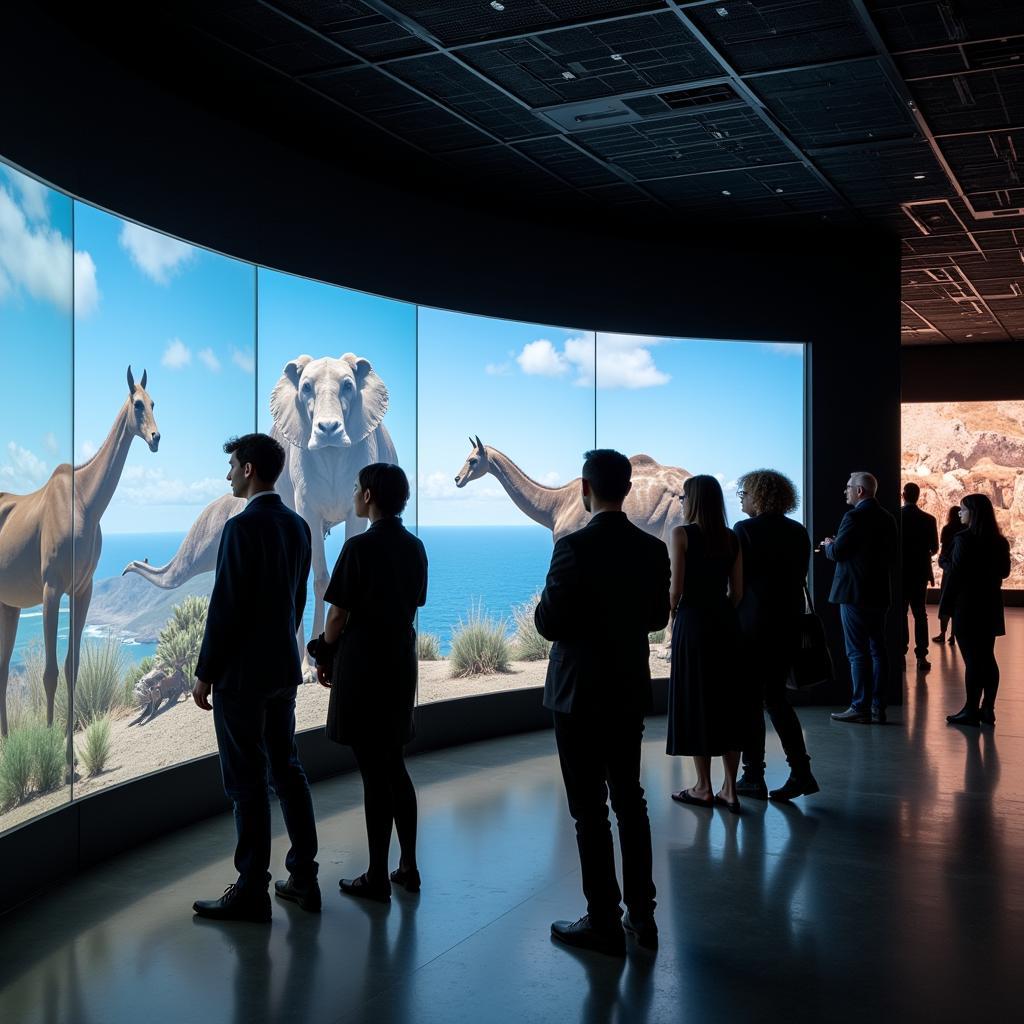When discussing museums or historical sites in IELTS Speaking, it’s crucial to demonstrate both cultural awareness and linguistic proficiency. Similar to describe a place in your country known for its cultural significance, this topic frequently appears in IELTS examinations.
Part 1: Introduction Questions
Common questions examiners may ask:
- Do you often visit museums?
- What kind of museums do you prefer?
- Are there many museums in your city?
Sample answer (Band 8-9):
“I make it a point to visit museums whenever I travel to new cities. I’m particularly drawn to archaeological museums because they offer fascinating insights into ancient civilizations. In my city, we have several well-curated museums, each specializing in different aspects of our heritage.”
Part 2: Cue Card
Talk about a museum or historical site you want to visit.
You should say:
- Where it is
- What you can see there
- Why you want to visit it
- And explain how you plan to get there
For those interested in describe a city known for its historical sites, here’s a model answer:
Sample answer (Band 8-9):
“I’m eagerly looking forward to visiting the British Museum in London. This world-renowned institution houses an impressive collection of historical artifacts from various civilizations. I’m particularly intrigued by the Egyptian section, which showcases the famous Rosetta Stone and numerous mummies.
The museum boasts an extensive collection spanning over two million years of human history. What fascinates me most is how it brings together diverse cultures under one roof. I’ve been thoroughly researching their collection online, and I’m particularly keen on seeing the Ancient Greek and Roman galleries.
I plan to allocate at least two full days to fully appreciate the exhibits. I’ve already mapped out my journey – I’ll take the Underground to Russell Square station, which is just a short walk from the museum. I’m also considering booking a guided tour to gain deeper insights into the significant pieces.”
Part 3: Discussion Questions
- How have museums changed in recent years?
- What role do historical sites play in education?
- Should museums charge entrance fees?
Similar to describe a time you saw an amazing performance, your responses should be detailed and analytical.
Sample answer (Band 8-9):
“Museums have undergone significant transformation in recent years, embracing digital technology to create more interactive and immersive experiences. Many institutions now offer virtual tours and augmented reality exhibits, which complement traditional displays. This evolution has made museums more accessible and engaging, particularly for younger generations.”
Key Vocabulary and Phrases
- Curator /kjʊəˈreɪtə/ (n): person who manages museum collections
- Artifact /ˈɑːtɪfækt/ (n): historical object
- Exhibition /ˌeksɪˈbɪʃn/ (n): public display
- Heritage /ˈherɪtɪdʒ/ (n): inherited traditions and culture
- Preservation /ˌprezəˈveɪʃn/ (n): maintenance of historical items

Remember to maintain eye contact with the examiner and speak at a natural pace. Use appropriate pausing to demonstrate thoughtful consideration of your responses.